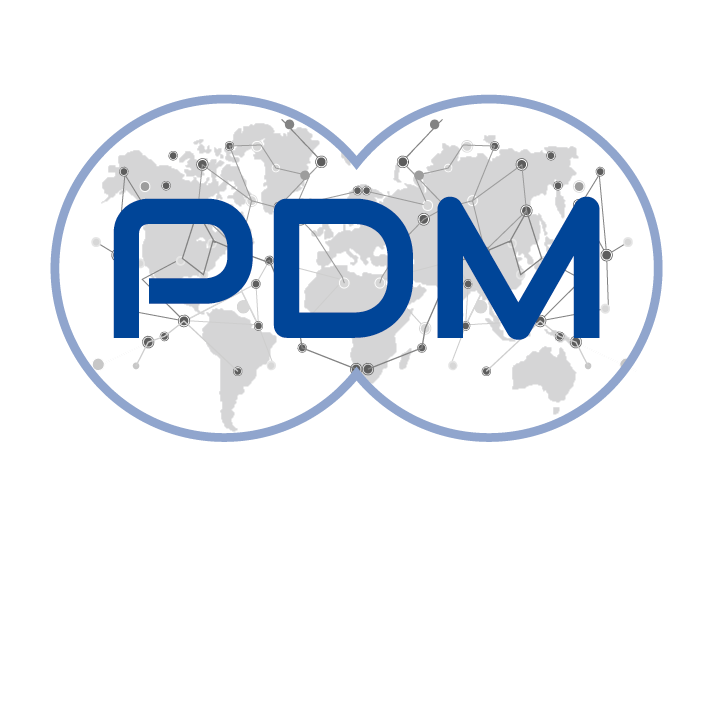Page content
Debt Restructuring in Africa
The current narrative on debt sustainability often ignores the issue of what a government owns (assets) versus what a government owes (liabilities). While conventional approaches largely focus on the liability side, the kinds of assets that a country is trying to build are vital to development and debt sustainability. This paper voices the concerns from the Global South that the debt sustainability analysis (DSA) framework has ignored public assets. After a brief review of debt issues in Africa, this paper points to the importance of the public sector balance sheet in understanding debt sustainability. Further, we investigate the role of 3,126 completed infrastructure projects, co-financed and jointly built by China and the host countries, focusing on whether and to what extent they have addressed infrastructure bottlenecks. These completed projects form part of a country’s public operational assets that generate essential social services, jobs, government revenues, exports and growth. If a host government wishes, these assets could later be put up for initial public offerings (IPOs), or add value to Public Wealth Funds (PWF) or Sovereign Wealth Funds (SWF)/pension funds, yielding widespread economic benefits in the host country. We then explore which other possible forms of development finance, such as equity investment, might be better utilized in the post-pandemic era, including several proposals on how to restructure debt using an “asset plus” approach, to finance “net-zero assets” for lower carbon economic transformation.



